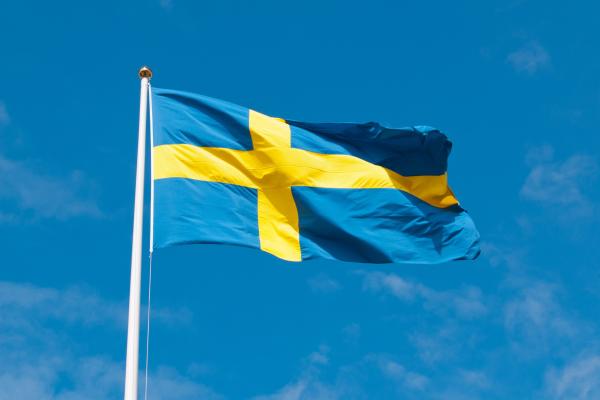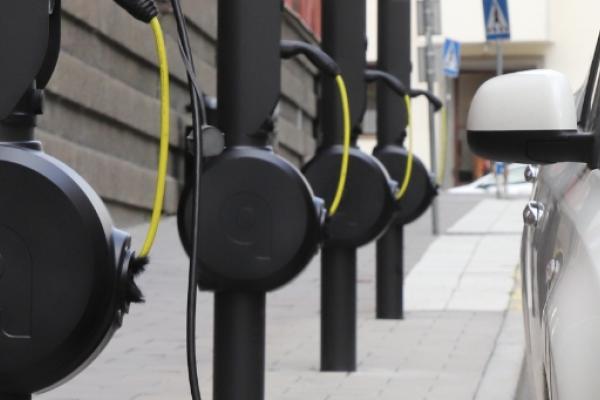
The electrification of marine environments is gaining momentum as innovative technologies emerge to support sustainability and decarbonization. Volvo Penta, in collaboration with Varberg Energi and Ferroamp, is pioneering Boat-to-Grid (B2G) technology—a concept that utilizes hybrid and electric vessel batteries to support the electrical grid, providing both environmental and financial benefits.
How It Works
B2G technology leverages the significant idle time of recreational boats, often docked or stored for months. When connected to a bidirectional charger, the boat's battery becomes a valuable grid asset. Through an app developed by Varberg Energi, boat owners can facilitate grid connections, allowing energy to flow between the boat and the grid during off-peak seasons. This enables battery charging, discharging, and integration into various energy markets. For boat owners, this offers a productive use of assets and the potential for financial compensation.
Volvo Penta’s Electrification Journey
Volvo Penta’s dedication to marine electrification spans over six years, drawing on its parent company’s expertise in electromobility for buses, trucks, and construction equipment. This collaboration has led to the development of hybrid-electric propulsion systems designed for yachts and commercial vessels.
By the end of 2025, Volvo Penta plans to initiate limited-scale manufacturing of its hybrid-electric propulsion solutions. These systems are designed to:
- Operate quietly, enhancing the onboard experience.
- Facilitate emission-free operations in regulated zones.
- Meet stringent environmental standards, including EPA Tier 3 and IMO II/III requirements.
Features like Joystick Docking and Assisted Docking in Pure Electric Mode ensure seamless maneuvering, while the battery-powered system eliminates the need for generators, offering quiet and sustainable cruising options.
Supporting Grid Stability
The partnership between Volvo Penta, Varberg Energi, and Ferroamp showcases the broader potential of B2G technology in addressing global challenges like grid stability and environmental impact. The bidirectional DC chargers developed by Ferroamp enable efficient two-way energy flow, integrating with DC grids and repurposing inverters for grid support. This collaboration is a step toward establishing viable business models that will underpin future commercial B2G offerings.
A Vision for Decarbonization
“This collaboration helps us build a fundamental understanding of the technology and its ecosystem. It also offers insights into the business models required. Ultimately, our aim is to explore solutions on the path toward decarbonization at sea,” notes Niklas Lundin, Project Manager for Technology Exploration at Volvo Penta.
The ongoing efforts highlight the scalability of electrification in marine environments, setting a precedent for sustainable practices and reduced operational costs. For example, compared to the €750 cost of refueling a gas-powered boat, an electric boat can cross the Baltic Sea for just €40–50.
As B2G technology evolves, the marine sector is set to play a pivotal role in supporting Europe’s transition to a cleaner, more resilient energy system.
Views and opinions expressed are those of the author(s) and do not reflect those of the European Commission.



